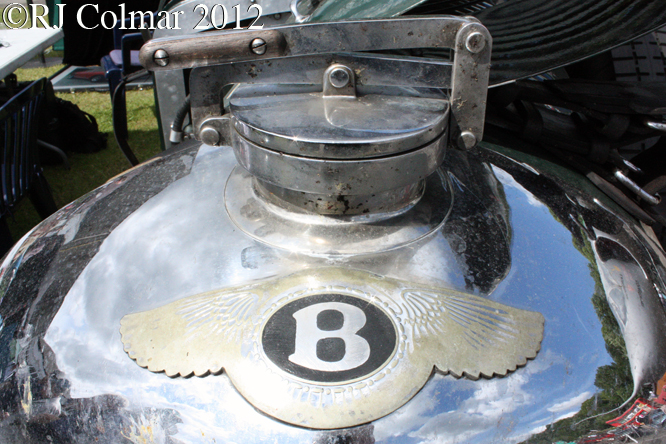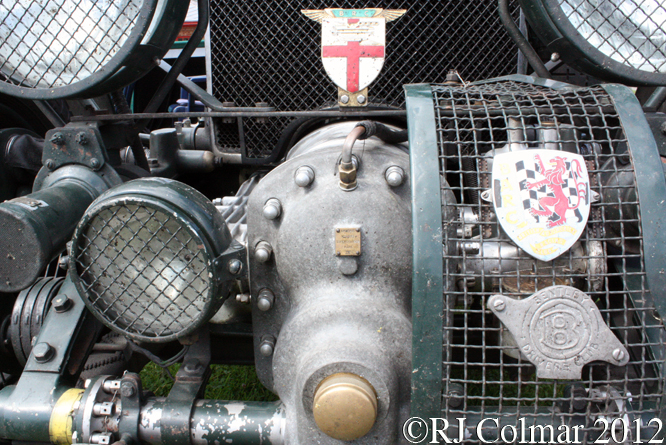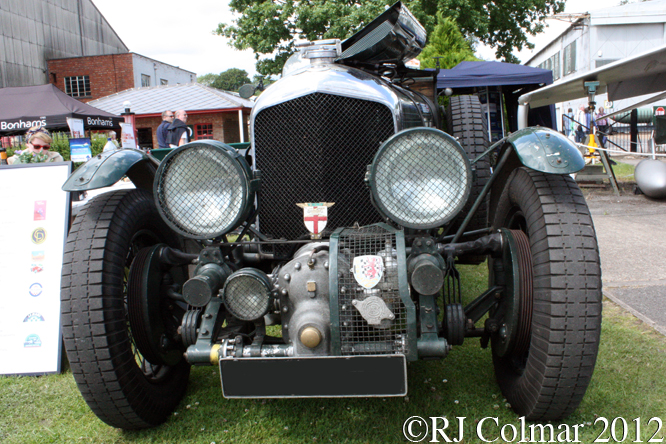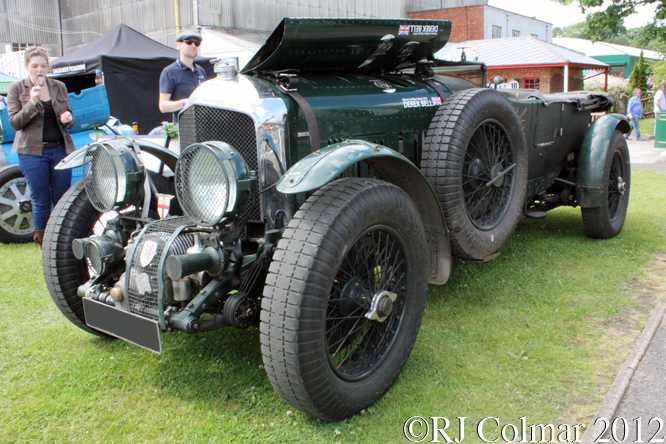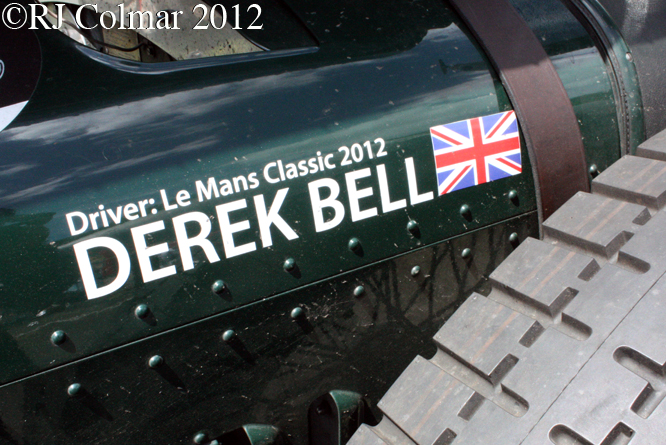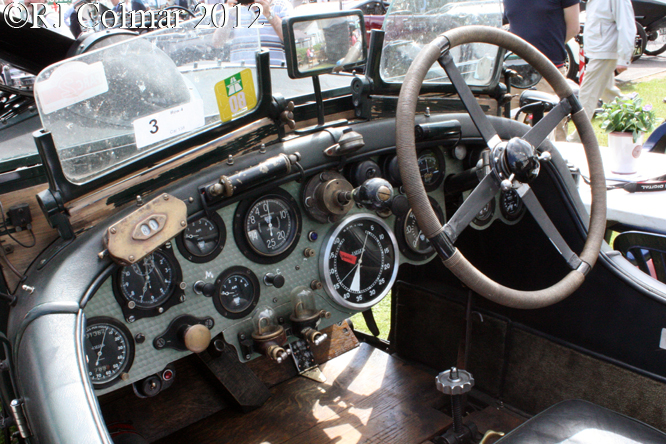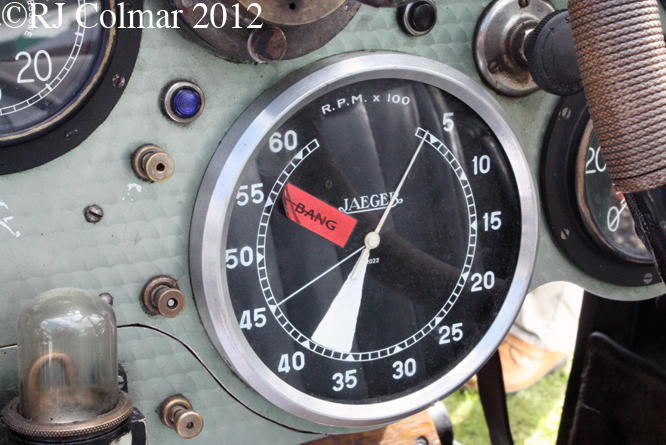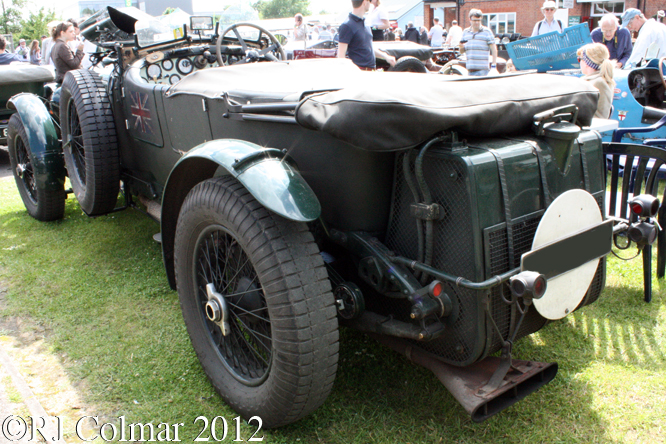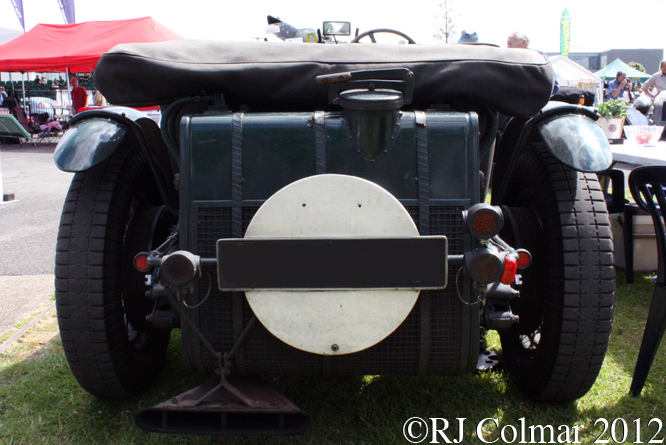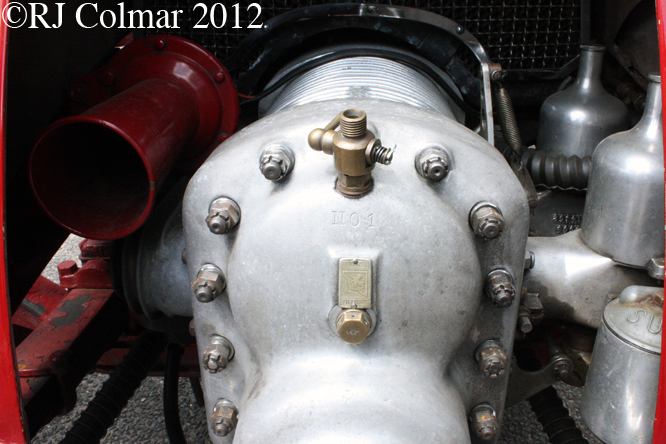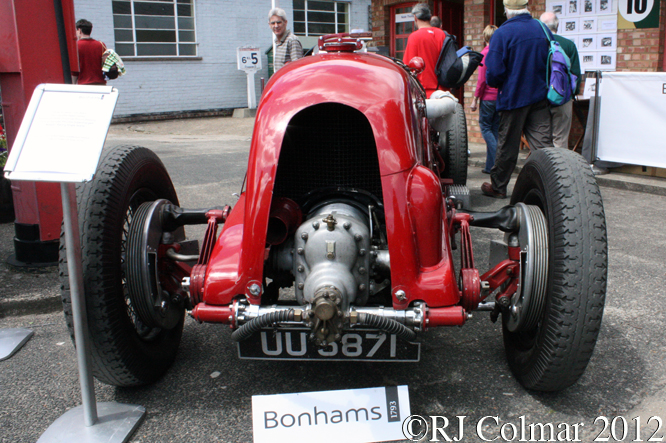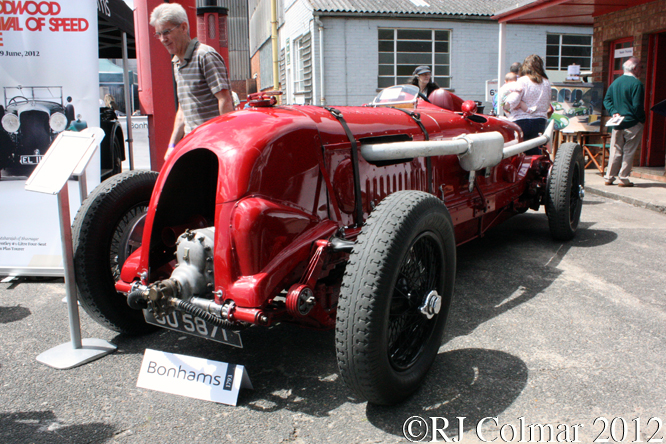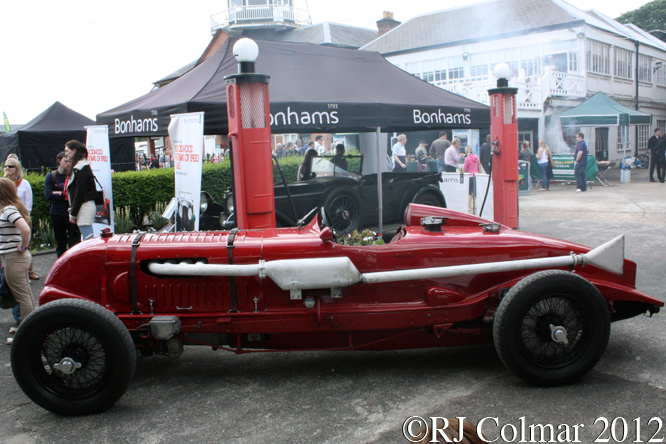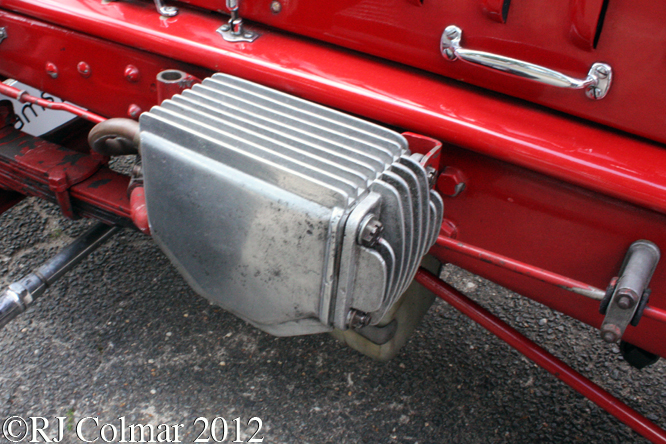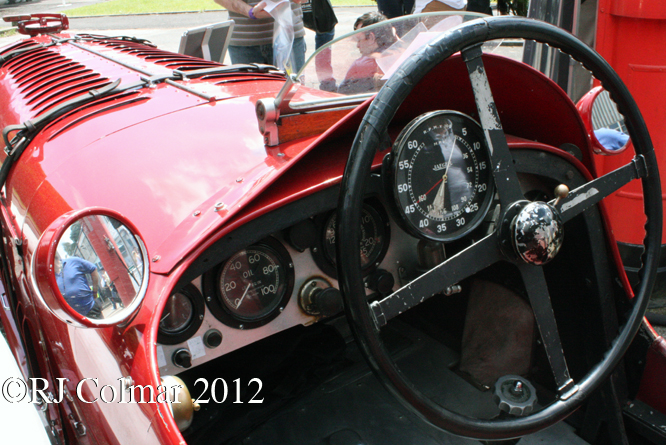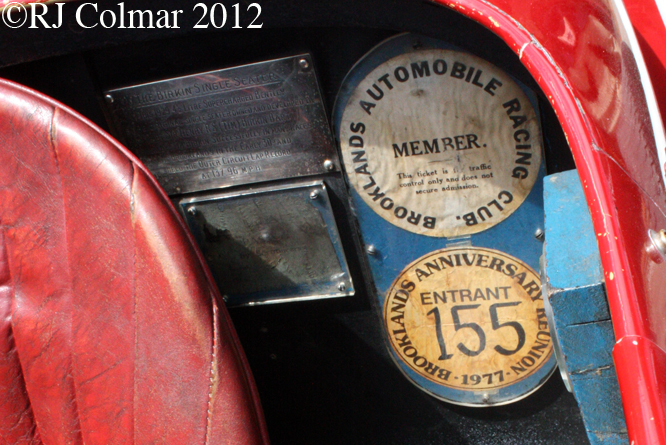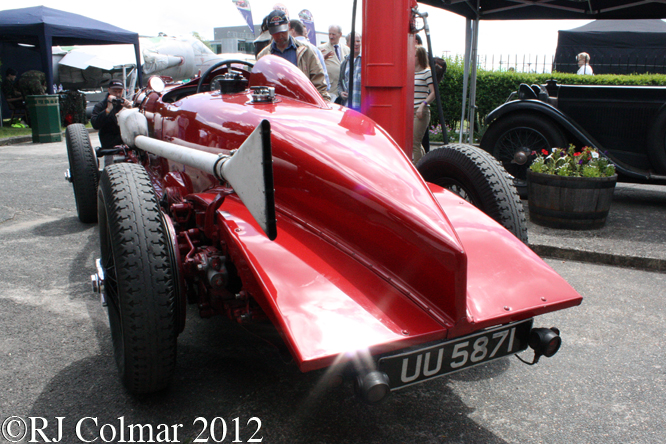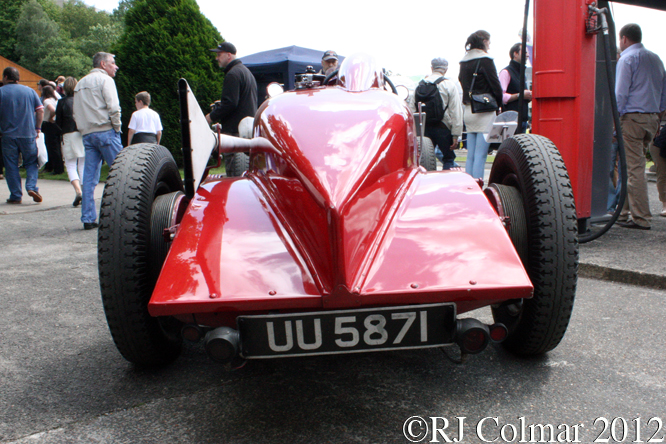At the weekend I popped up to the Cholmondeley Pageant of Power where several Bentley’s were present that have taken part in Le Mans 24 hour races including today’s featured example chassis #HM2869 which was driven by Sammy Davis and Clive Dunfee in the 1930 race.
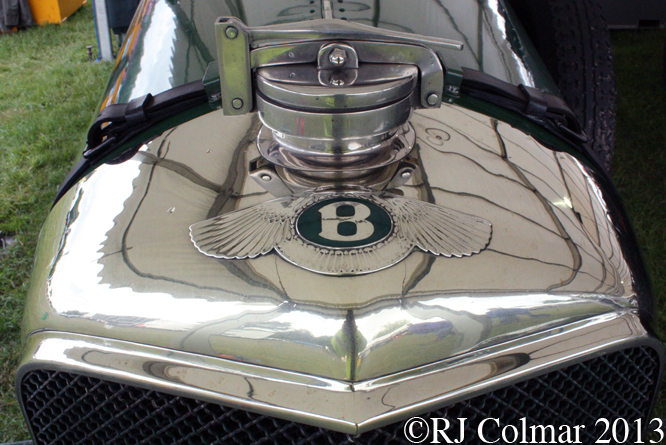
The Bentley Speed Six was the high performance version of the Bentley 6 1/2 litre first seen in 1926. The 6 1/2 litre was conceived to challenge the Rolls Royce Phantom as a preeminent limousine.
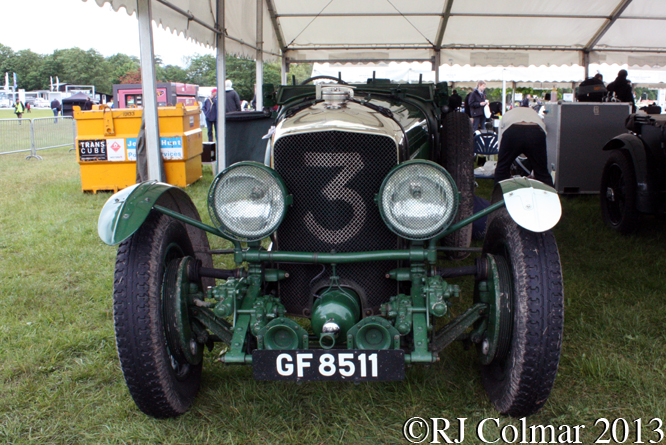
Launched in 1928 the Speed Six used the same 24 valve twin cam, twin spark 6,597 cc / 402.6 cui six cylinder motor as the Bentley 6 1/2 litre but tuned to give 160 – 180 hp, up from the standard 147 hp. This motor was considered the jewel in the crown of W.O. Bentley’s portfolio.
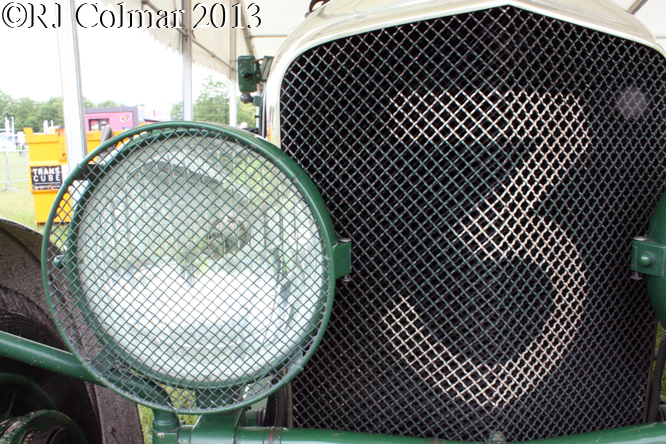
The Speed Six of Woolf Barnato “Old Number One” is one of a handful of cars to have won the Le Mans 24 hour race twice. In 1929 Barnato shared the driving with “Tim” Birkin leading home three Bentley 4 1/2 litre cars. The following year Baranto and Glen Kidston led home a Speed Six one-two finish with Frank Clement and Richard Watney at the wheel of the second placed car.
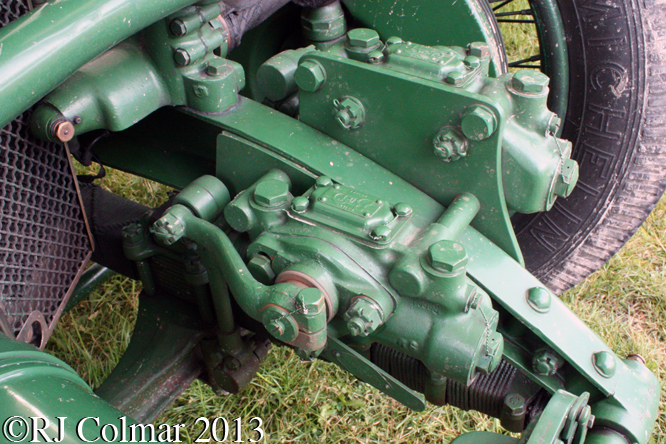
Driving a Mulliner Saloon bodied Speed Six Barnato also won a bet with his pals that he could arrive at his club in London faster than Le Train Bleu could cover the distance between Cannes on the French Riviera and the cross channel port of Calais in Northern France. With his secretary Dale Burn as relief driver he won the bet of £100 by four mins, but was heavily fined by French authorities for racing on public roads.
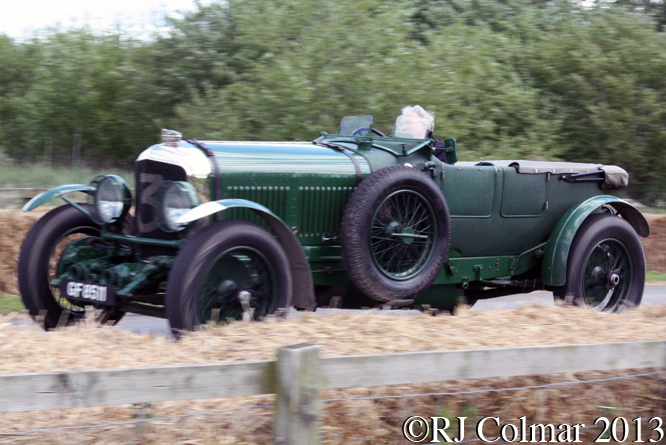
The Mulliner Saloon Speed Six with which Barnato won the bet is often incorrectly depicted and confused with a Gurney Nutting Sportsman Coupé Speed Six which Barnato named the Blue Train Special to commemorate his feat. The Mulliner Saloon body on the car Barnato and Burn drove the 570 miles from Cannes to London has recently been restored to the original chassis by it’s current owners Bruce and Jolene McCaw, who also own the Barnato’s Gurney Nutting Coupé.
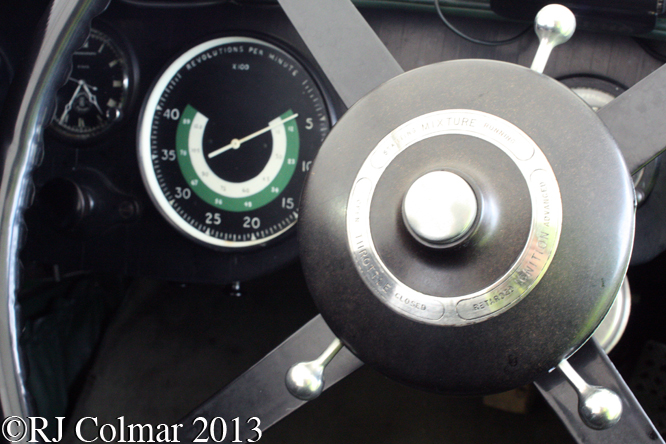
Despite proving W.O’s maxim “that there is no substitute for cubic inches” over the 4 1/2 litre super charged Blower Bentley it is the faster but less reliable latter car that is the better known instantly recognisable “icon” of it’s day.
Clive Dunfee crashed #HM2689 out of the 1930 Le Mans 24 hours on laps 22, the month before Le Mans race Clive and Sammy drove the car car to a 2nd place finish in the Brooklands Double Twelve. “Tim” Birkin and Jack Barclay shared #HM2689 at the Brooklands Double Twelve in 1931 but retired with engine failure.
#HM2689 has been owned by Peter Neumark for the last twenty years and he assured me “it is not going anywhere” in the future when I spoke to him on Saturday.
Thanks for joining me on this “Cubic Inches” edition of “Gettin’ a li’l psycho on tyres” I hope you will join me again tomorrow when I’ll be looking at the 1978 Le Mans winner. Don’t forget to come back now !


